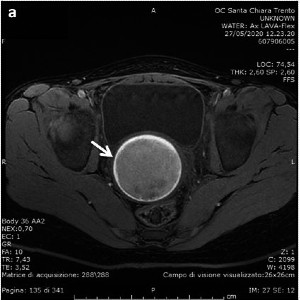Obstructive sleep apnea in Prader-Willi syndrome: risks and advantages of adenotonsillectomy

Submitted: 4 March 2015
Accepted: 14 August 2015
Published: 24 November 2015
Accepted: 14 August 2015
Abstract Views: 2393
PDF: 1580
HTML: 685
HTML: 685
Publisher's note
All claims expressed in this article are solely those of the authors and do not necessarily represent those of their affiliated organizations, or those of the publisher, the editors and the reviewers. Any product that may be evaluated in this article or claim that may be made by its manufacturer is not guaranteed or endorsed by the publisher.
All claims expressed in this article are solely those of the authors and do not necessarily represent those of their affiliated organizations, or those of the publisher, the editors and the reviewers. Any product that may be evaluated in this article or claim that may be made by its manufacturer is not guaranteed or endorsed by the publisher.
Giordano, L., Toma, S., Palonta, F., Teggi, R., Zucconi, M., Di Candia, S., & Bussi, M. (2015). Obstructive sleep apnea in Prader-Willi syndrome: risks and advantages of adenotonsillectomy. La Pediatria Medica E Chirurgica, 37(2). https://doi.org/10.4081/pmc.2015.107
PAGEPress has chosen to apply the Creative Commons Attribution NonCommercial 4.0 International License (CC BY-NC 4.0) to all manuscripts to be published.


 https://doi.org/10.4081/pmc.2015.107
https://doi.org/10.4081/pmc.2015.107






